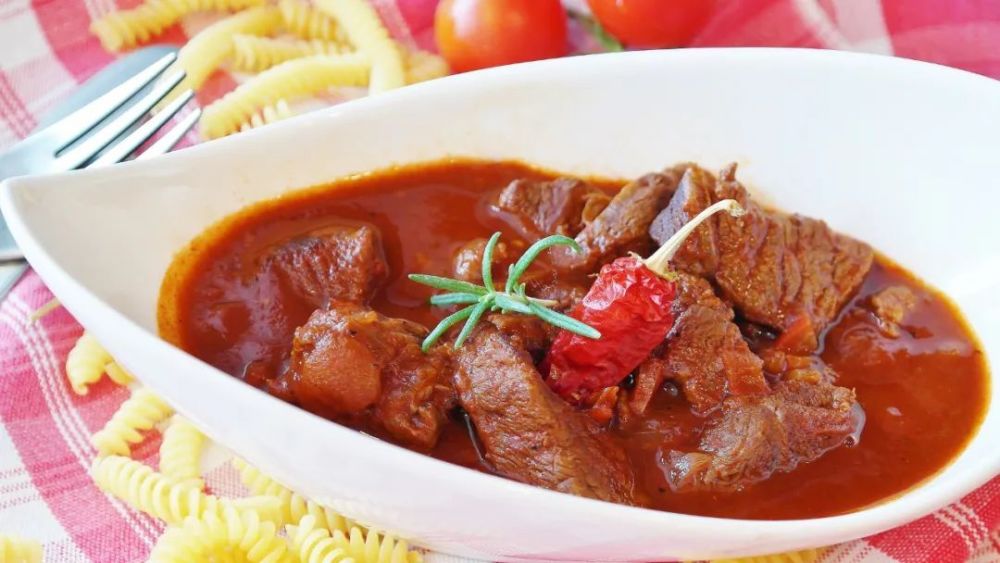Can’t chew the beef stew? That’s because this step wasn’t done right!

Beef is one of our main meats. It is delicious, high in protein and low in fat, and rich in amino acids, so it is not only good for your health but you don’t have to worry about gaining weight.Beef can be eaten in a variety of ways, and different parts of the meat can be cooked in different ways. For example, tender beef can be roasted, grilled, fried or stir-fried, while tougher parts such as brisket, tendon and strips of meat can be stewed, steamed or boiled. But why is it that some people make such delicious beef so tough and woody? Sometimes it’s so tough that it’s hard to swallow. So what’s going on?
The reason why meat becomes tough when heated.
In fact, when meat is heated, the proteins contained in it solidify, which is why it becomes tough. There are several types of proteins, but they generally start to solidify at around 60°C and reach 80°C instantly.
In this case, you can use the best parts of the meat, such as the tenderloin, loin and hindquarters, which are less likely to harden even when heated, especially in marbled Wagyu beef.
You can also remove the muscle fibres of the meat, and thickly sliced beef such as steak or schnitzel can be gently tapped with a “meat slapper” or, if you don’t have one, with a wooden mallet or the bottom of a beer bottle.
For particularly sinewy parts of the beef, such as the neck, shanks and calves, use a meat cutter to cut off all the muscle fibres or, of course, use a fork to stab the meat instead.
In addition, fruits can be used to help. The juice of fruits such as onions, kiwi, papaya and pears, or chopped fruit can be used to marinate beef, as the juice contains proteolytic enzymes that soften the meat, but it can take a long time for the meat to soften completely, so it is best to marinate the fruit a day or at least 12 hours before cooking.
Braising tips.
The traditional way to tenderise meat is to braise it, but when it is first cooked it will first harden and will remain hard for some time. To get the meat tender, simmer it slowly on a low heat for at least 2-3 hours, so there is plenty of time. Of course if you want to reduce the time, you can use a pressure cooker.
There are also some tips for stewing, such as preferring a thicker pan to maintain the temperature of the pan, and it is best to use cuts of meat for stewing, as slicing the meat too thinly can cause it to lose its flavour, and it can also break down over a long period of time. It is best to fry the meat slightly in oil before stewing, as this not only locks in the flavour of the meat, but also maintains its appearance and prevents it from becoming distorted during cooking.
When simmering, turn off the heat for about 30 minutes and then allow the meat to cool down slowly, then turn it on again to bring it to the boil, and so on three times, to take advantage of the fact that the flavours penetrate better when the temperature drops, which is why the soup tastes better the next day.



